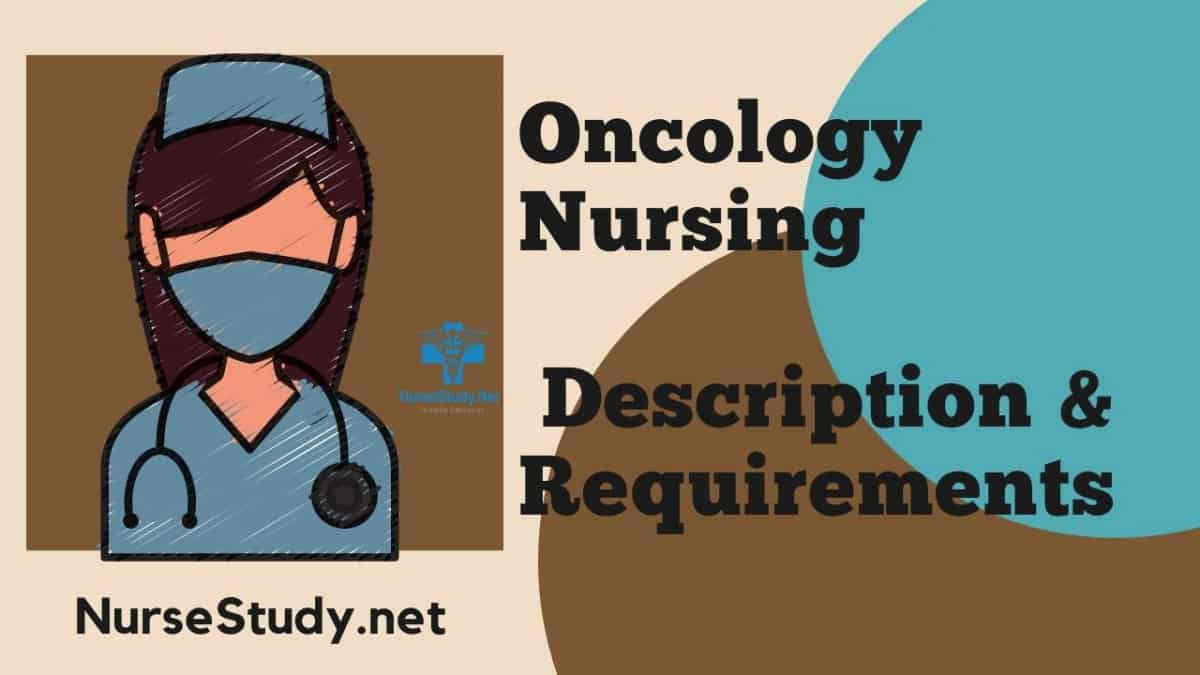Oncology nursing is a crucial specialty in healthcare, focusing on the care of patients with cancer. This guide will explore what oncology nurses do, how to become one, and why this career path might be right for you.
What Does an Oncology Nurse Do?
Oncology nurses are specialized healthcare professionals who work with cancer patients throughout their journey, from diagnosis to treatment and beyond. They play a vital role in patient care, education, and support.
Key Responsibilities
- Administering chemotherapy and other cancer treatments
- Managing side effects and symptoms
- Providing emotional support to patients and families
- Educating patients about their condition and treatment options
- Collaborating with oncologists and other healthcare professionals
Career Traits
- Compassionate care
- Attention to detail
- Strong communication skills
- Ability to work in high-stress environments
- Continuous learning and adaptability
Where Do Oncology Nurses Work?
Oncology nurses can work in various settings, including:
- Hospitals
- Outpatient cancer centers
- Radiation therapy facilities
- Hospice and palliative care centers
- Research institutions
Why Become an Oncology Nurse?
Oncology nursing offers a unique opportunity to significantly impact patients’ lives during one of their most challenging times. While emotionally demanding, this career can be incredibly rewarding for those passionate about patient care and advancing cancer treatment.
How to Become an Oncology Nurse
- Earn a Nursing Degree: You can start with either an Associate Degree in Nursing (ADN) or a Bachelor of Science in Nursing (BSN).
- Obtain Licensure: Pass the NCLEX-RN exam to become a Registered Nurse (RN).
- Gain Experience: Work in general nursing, preferably in areas related to cancer care.
- Pursue Specialization: Obtain additional training in oncology nursing through continuing education courses or a master’s program.
- Certification: Consider obtaining Oncology Certified Nurse (OCN®) certification from the Oncology Nursing Certification Corporation (ONCC).
Oncology Nurse Specializations
- Radiation Oncology: Focus on patients undergoing radiation therapy
- Pediatric Oncology: Specialize in caring for children with cancer
- Hematology Oncology: Work with blood cancers and disorders
- Breast Cancer: Concentrate on breast cancer patients
How Much Do Oncology Nurses Make?
According to the Bureau of Labor Statistics, the median annual wage for registered nurses is $77,600 as of May 2021. Oncology nurses with specialized certifications and experience may earn higher salaries.
Factors affecting salary include:
- Geographic location
- Years of experience
- Level of education
- Certifications held
The job outlook for oncology nurses is positive. The BLS projects a 6% growth in registered nursing jobs from 2021 to 2031.
Conclusion
Oncology nursing is a challenging yet rewarding career path for those passionate about making a difference in the lives of cancer patients. With ongoing advancements in cancer treatment and an increasing need for specialized care, oncology nurses play a crucial role in the healthcare system.
Suppose you’re interested in a nursing career that combines compassionate care, continuous learning, and the opportunity to support patients through one of life’s most difficult journeys. In that case, oncology nursing might be the perfect fit for you.
References
- Bureau of Labor Statistics, U.S. Department of Labor. (2022). Occupational Outlook Handbook, Registered Nurses. https://www.bls.gov/ooh/healthcare/registered-nurses.htm
- Bray, F., Ferlay, J., Soerjomataram, I., Siegel, R. L., Torre, L. A., & Jemal, A. (2018). Global cancer statistics 2018: GLOBOCAN estimates of incidence and mortality worldwide for 36 cancers in 185 countries. CA: A Cancer Journal for Clinicians, 68(6), 394-424. https://doi.org/10.3322/caac.21492
- Nevidjon, B., Rieger, P., Miller Murphy, C., Rosenzweig, M. Q., McCorkle, M. R., & Baileys, K. (2010). Filling the gap: Development of the oncology nurse practitioner workforce. Journal of Oncology Practice, 6(1), 2-6. https://doi.org/10.1200/JOP.091072
- Tompkins, C., & Scanlon, K. (2016). Improving cancer care through nursing research. Seminars in Oncology Nursing, 32(2), 99-102. https://www.sciencedirect.com/science/article/abs/pii/S074920811600022X
